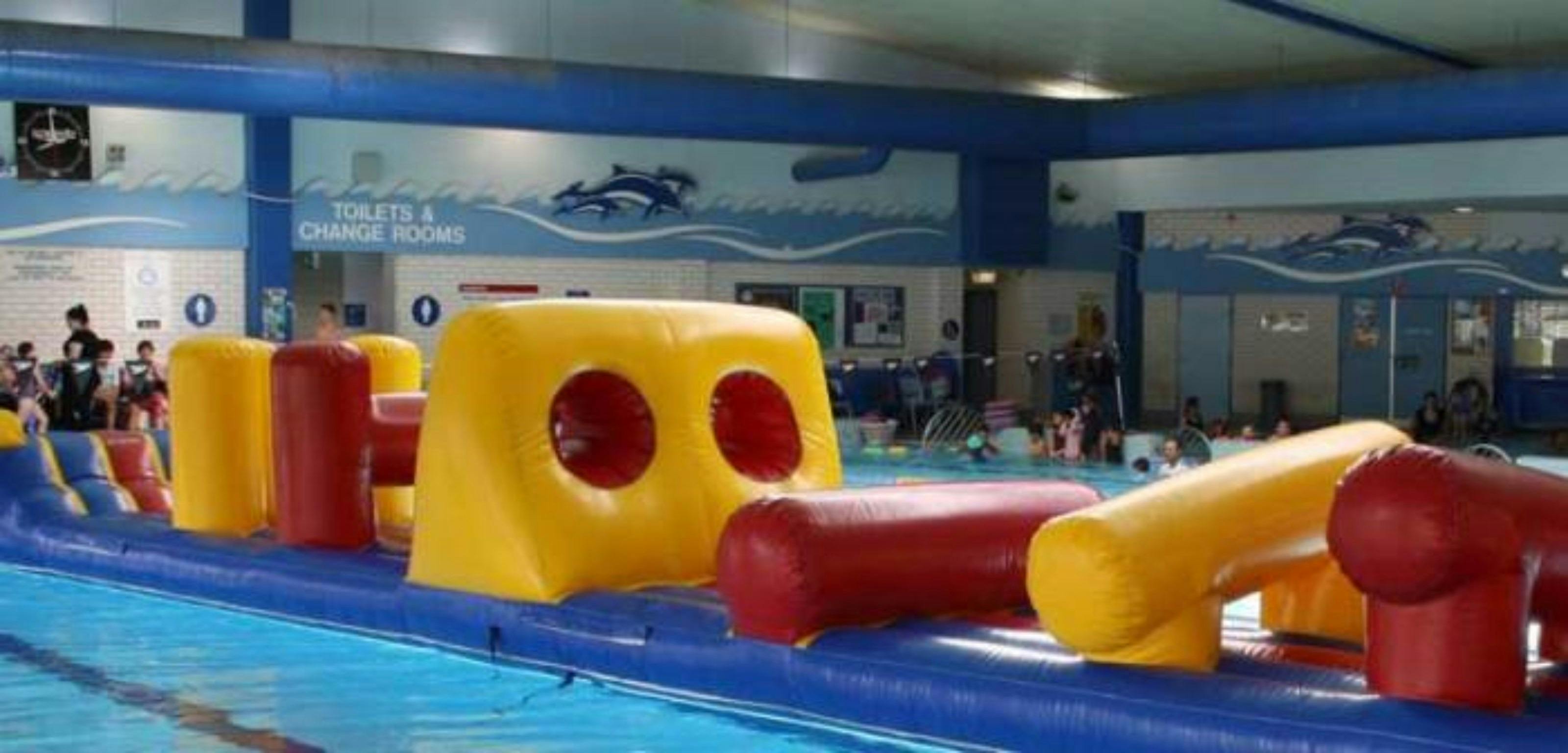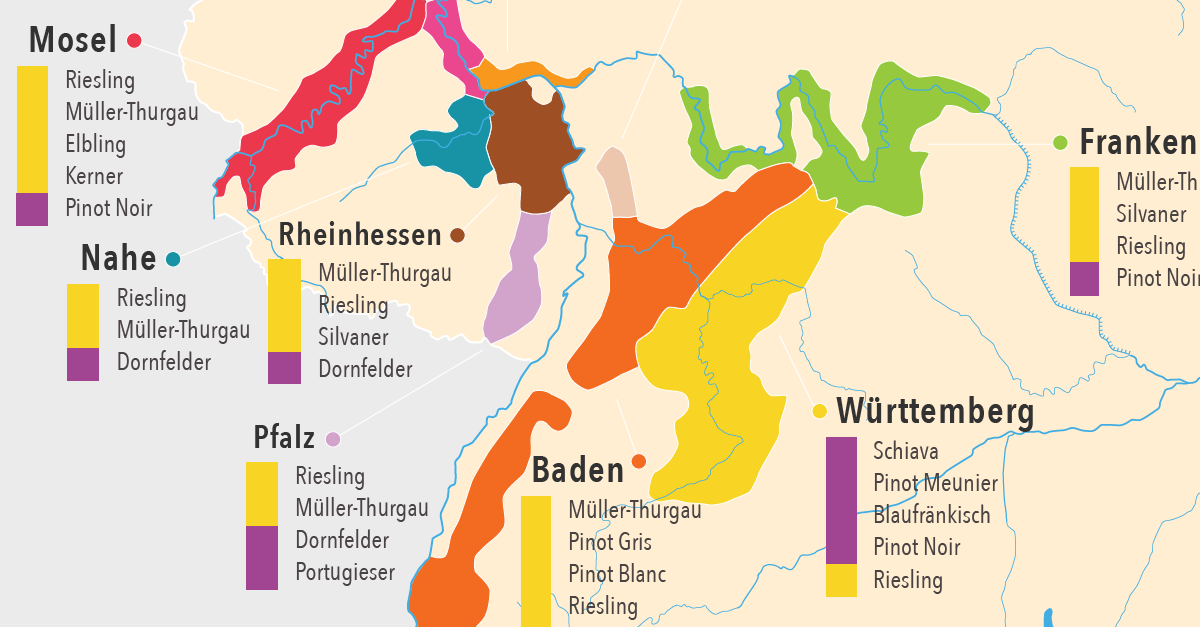
He donated the “Weingut Juliusspital” (Juliusspital Wine Estate) which still cultivates 172 hectares of wine growing area and funds a hospital as well as a home for the elderly from its sales. In the turmoil of the Reformation the bishop of Würzburg decided to prevent more people from converting to Lutheranism with a charitable gesture. The Grosse Weinfass (Great Wine Barrel) in the Heidelberger Schloss (Heidelberg Castle), an object of prestige of the elector with a capacity of 219.000 liters, truly deserves its name.įor 300 years, there has been one of the largest German wine cellars underneath the Residence in Würzburg with a production of 850.000 bottles a year. on the Moselle, lies the origin of the Weing üter der Vereinigten Hospitien (United Hospices Wine Cellars). In the old walls of the former Roman warehouses in Trier, that were built around about 330 A.D. Seize the opportunity to taste wonderful wines and gain new culinary experiences! Today, there are 13 wine-growing areas in Germany with six of them being located in close proximity to cities of the Historic Highlights of Germany. Slightly less famous are the light red wines that achieved considerable quality, too, especially around Freiburg and Baden.


Riesling, Müller-Thurgau, Grauburgunder (Pinot Gris) and Spätburgunder (Pinot Noir) rate amongst the celebrities. The mild climate, mineral rich grounds and the skill of the wine-growers create characteristic wines that are highly recognized at home and abroad. Germany’s wine regions offer you new perspectives and discoveries behind each river bend: surrounded by steep vineyards and medieval castle ruins lie picturesque wine-growing tow where rustic wine bars and fine Restaurants seduce you with their delights. 2000 years ago, they laid the foundations for the German wine landscape that nowadays covers more than 100.000 hectares and shapes entire regions.

Weingut Herrengut St.Already the Romans knew about the suitability of the terroir and climate for viticulture. But don't worry if you're a bit squeamish about the stomach, there are also figs. There are jazzed up versions along the route, utilizing the region's potatoes and truffles. It's a pig stomach stuffed with vegetables and roasted. Make no mistake, you can pair your wine with the traditional foods of the region as well. The local dish of Rhineland-Palatinate, the Saumagen, was invented in the 18th century by farmers. The family also owns the bread and pastry shop nearby, which is verh hands when the dish calls for really good bread crumbs We ate very well at the Hotel Restaurant Rebman , a former winegrower's house from the 16th century across from the town hall. If you thought that german food was heavy with sausage and sourkraut, be prepared to be suprised by how the cuisine has evolved in this corner of Germany. This is wine country, so expect good food. To the west of the German Wine Road are the hills of the Palatinate Forest Reserve, with many castles (including the Burg Frankenstein to the northwest of Neustadt), hiking trails, and picnic areas. You can stay at the hotel and use of for a hub to explore the rest of the German Wine Route as well as the French wine route through Alsace. It is here you'll find our favorite restaurant along the wine road, the Hotel Restaurant Rebman. Leinsweiler is a municipality in Südliche Weinstraße district, west of Landau as you see on the map. Neustadt: Like wine? Then raise a glass in German city There are more than 5,000 acres of vineyards, which produce 20 million bottles of wine annually, according to the city’s tourist office That’s enough wine for a glass for every German citizen every day. The town is at the midway point of Germany’s wine route, the Deutsche Weinstrasse, and is surrounded by rolling hills of vineyards. Have lunch in the main market square, and be sure to visit the famous "odd animals spitting fountain," the Elwedritsche fountain.
#WINE MAPS GERMANY FULL#
Neustadt, with a full name of Neustadt an der Weinstrasse, is a pleasant market town with half-timbered buildings and we recommend staying there. Painter working along the German Wine Route near St. Martin is worth a stop for its landscape, architecture, wine shops and tasting rooms.

The Best Towns Along the German Wine Route
#WINE MAPS GERMANY FREE#
Discloser: Content in the following sections contains affiliate links, from which we receive a small sum that allows us to bring this free content to you.


 0 kommentar(er)
0 kommentar(er)
